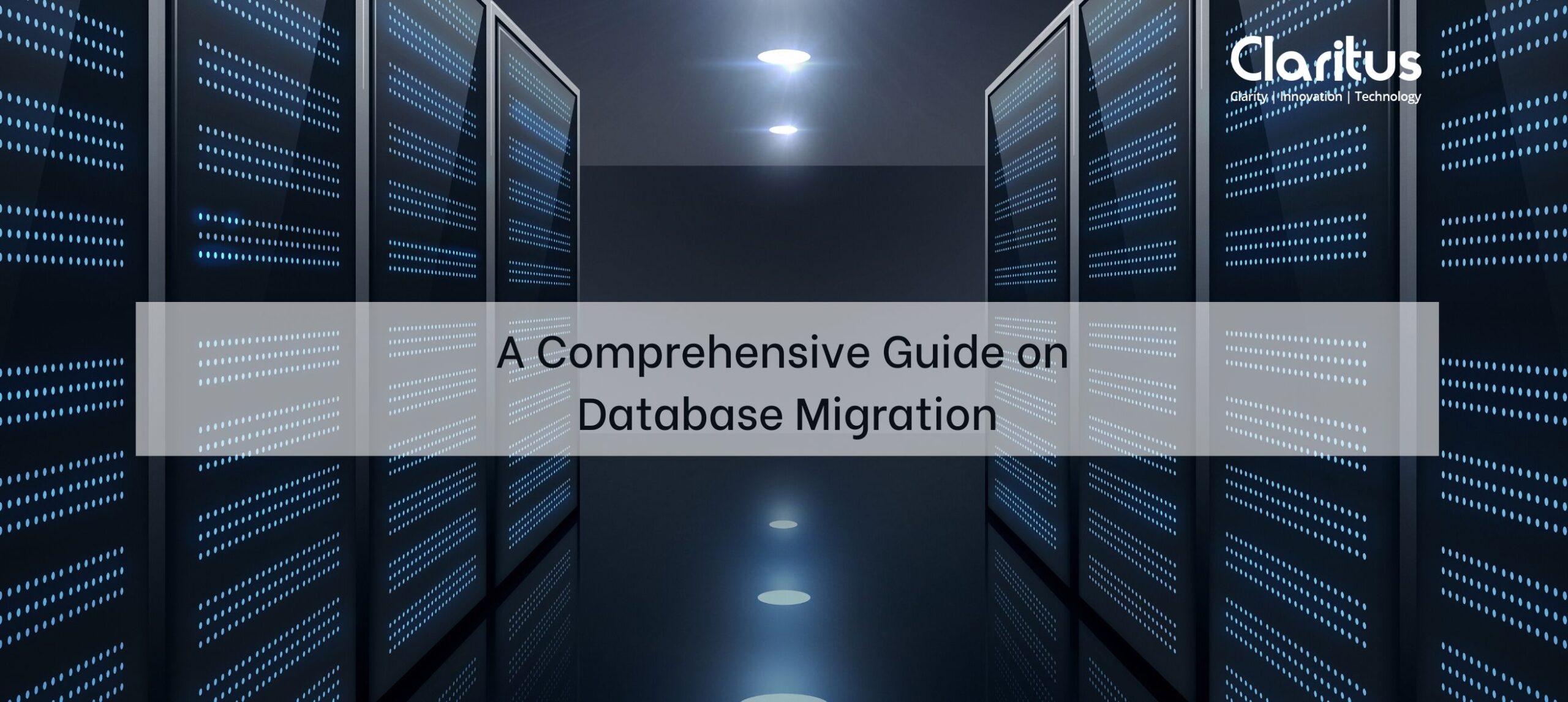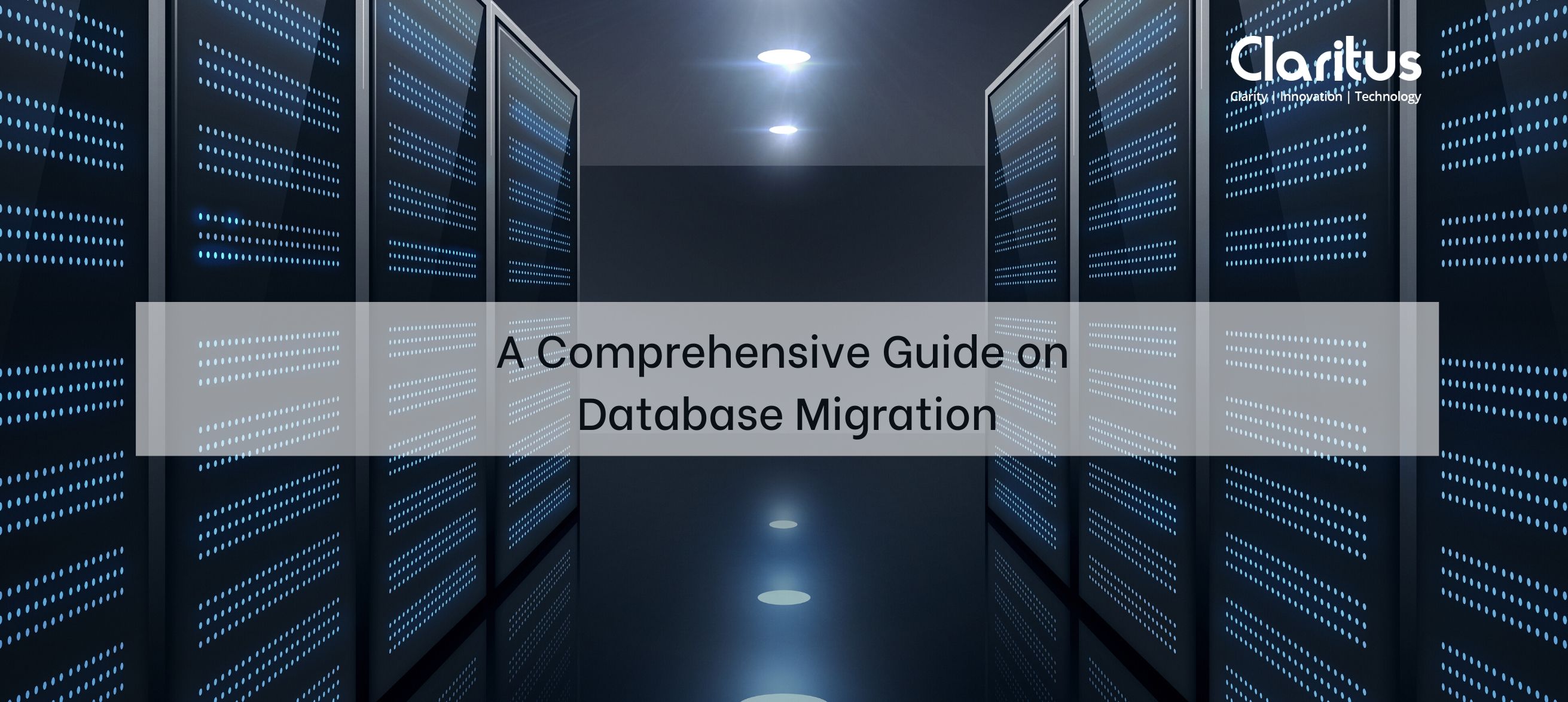A Comprehensive Guide on Database Migration
Most of the applications around using a database require regular updates over time to support new features or to fix the problem with scaling the queries. Typically, most organizations face this situation with an increase in users. As a result, back-end developers need to make necessary changes and minor updates during custom software development.
Your next question quite naturally might be as to why there is a need for migration of databases during the evolution of new and emerging technologies. Let us brief you on some of the essential reasons for migrating databases to different platforms.
What is the actual need for Database Migration?
Due to fierce competition in the market, organizations have their reasons to adopt new technologies. Some of which might include the speed of doing things, enhancement of overall performance, etc. Below are some of the few reasons for performing database migration.
- Saving expenditure
- Technological upgrades
- Reducing Departmental Redundancy
- Minor/Major Security Upgrades
What is database migration, technically?
To be perfectly candid, Database migration means moving data from one platform to another. Technically speaking, it is an intricate, multilayer process, including assessment, conversion of the database schema (if there is a need to change engines), conversion of scripts, data migration, functional and performance testing, including many other steps.
The increasing popularity of Git has led to the trend of developing web-based applications using object-relational mapping libraries. The primary objective is to make real-time changes on the schema as and when changes are made on Git to make the process very smooth and dynamic.
Now, any new features involve some schema and code changes. Hence, various frameworks have added an ORM included with database migration as part of the functionalities offered.
Although database migration is the concept that is not restricted to many web frameworks, there are multiple standalone libraries available to ease the process of database migration.
Let us frankly tell you that database migration is not as easy as it sounds. It involves a lot of effort and multiple phases. Working on database migration might be an uphill task for many people, and the complexities, when weighed with the outcomes, are entirely justified.
What are the challenges faced during Database Migration?
Being a very intricate and essential task, it’s only natural to face various challenges during the whole process. Here are some of them:
- Identification of Databases being stored at various places
- Instant Data Analysis
- Designing a migration strategy
- A lack of Integrated Process
- Cleaning of Data and code
- Evaluation of final results within the proper time
- Lack of collaboration
- Emphasize more on data analysis/ Take help from data experts
- Securing data and systems


